The Active Cities Project brings together 8 European cities to assess how they can increase the number of active mobility users and improve the quality of walking and cycling in urban areas. Throughout the project, partners pilot street interventions to move from car-centric to people-centric streets and improve the integration of active modes in multimodal journeys in mobility hubs.
Although these pilots focus on the built environment and infrastructure, a crucial element to boost and improve active mobility is the involvement of key stakeholders. Organisers of pilots must understand who the stakeholders are, what needs they have, and inform them about any intended changes.
The project is now in its second year, and cities are actively engaging stakeholders in different ways. To provide an insight how that looks, and to consider the initial learnings from this process, we have combined stories from three cities: Hamburg, Aarhus, and Bergen.
Hamburg
As a partner in the Active Cities project, the district of Eimsbüttel in Hamburg, Germany, aims to address urban spatial challenges and promote sustainable mobility in and around its schools. The objective of their pilot is to reconfigure street segments using a parcipative approach, putting cyclists and pedestrians at the heart of street planning in the immediate surroundings of local schools, while creating space for neighbourhood activities and for children to play. It is hoped that the successful implementation of a pilot such as this will act as a model for other schools to follow.
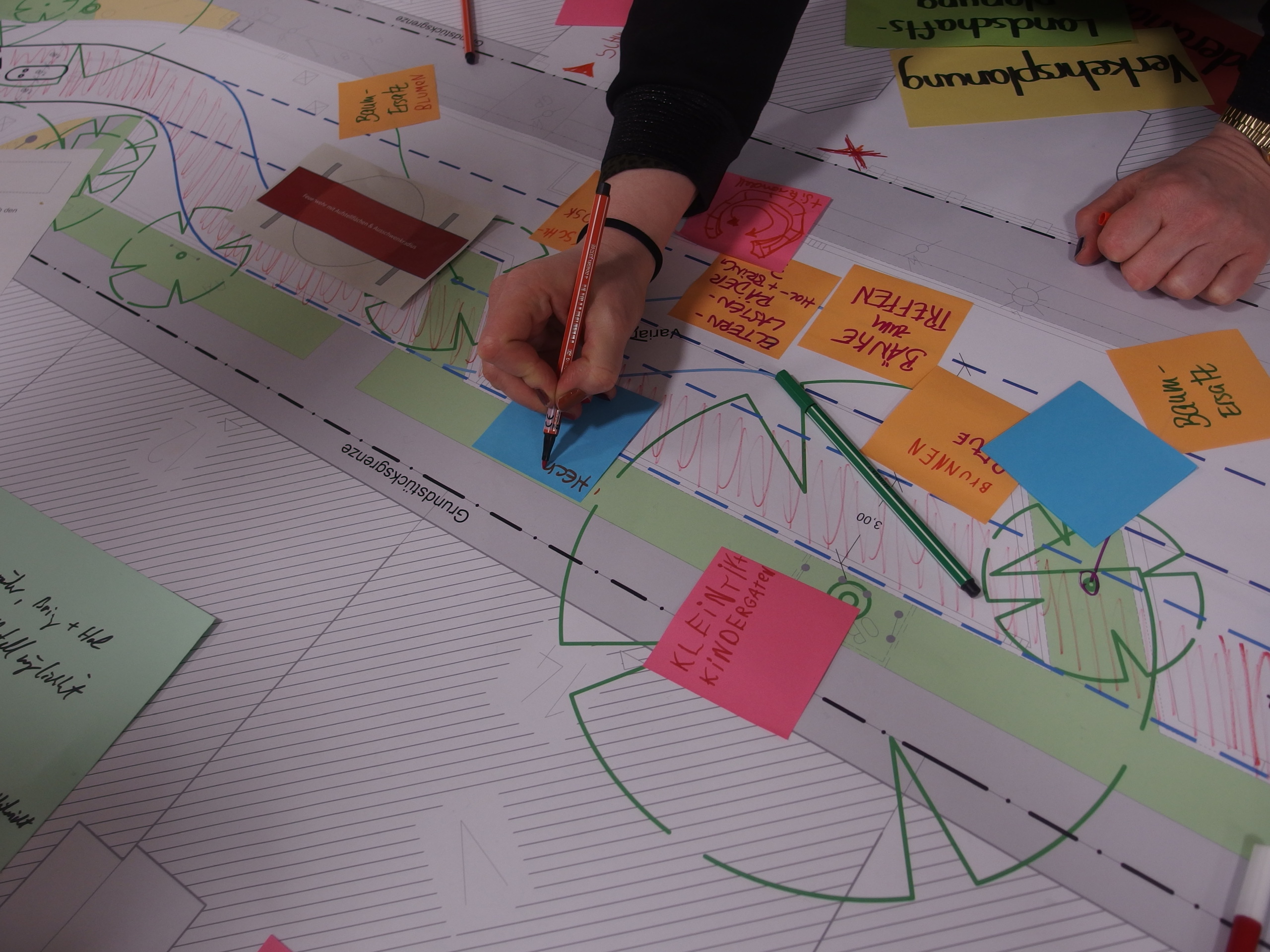
With a pilot of this nature, citizen and stakeholder involvement throughout the process is of paramount importance. Key stakeholders of this pilot include schoolchildren, school staff, parents, neighbours, and local specialist groups and initiatives. Through ensuring that these key stakeholders remain up to date with all developments, the district of Eimsbüttel has seen clear benefits. The first workshops that participation of these groups allows for the creation of user-friendly designs, increased commitment levels and transparent process design, resulting in better management of critics to the pilot and resolution of conflicts. Further formats focussing on activation for active mobility, behaviour change and design ideas will follow.
Eimsbüttel involves stakeholders and citizens through a variety of channels, including sharing information on social media, through press releases and on local school radio. Additionally, the district hosted working groups and information events with key stakeholders to collect ideas and opinions. Collecting ideas of school children in an idea book have been the basis for two workshops with local schoolchildren and adults, laying the foundation for further design process.
“So far, the process is going quite well overall. Contact and cooperation with the school is very good and the atmosphere at the workshops has been inspiring, characterised by the commitment of all involved. In projects of this kind, there are frequently points of criticism, but despite concerns over the loss of parking spaces and conflict with the cycling route running through the area, we are happy with the progress that has been made.” Maren Derneden
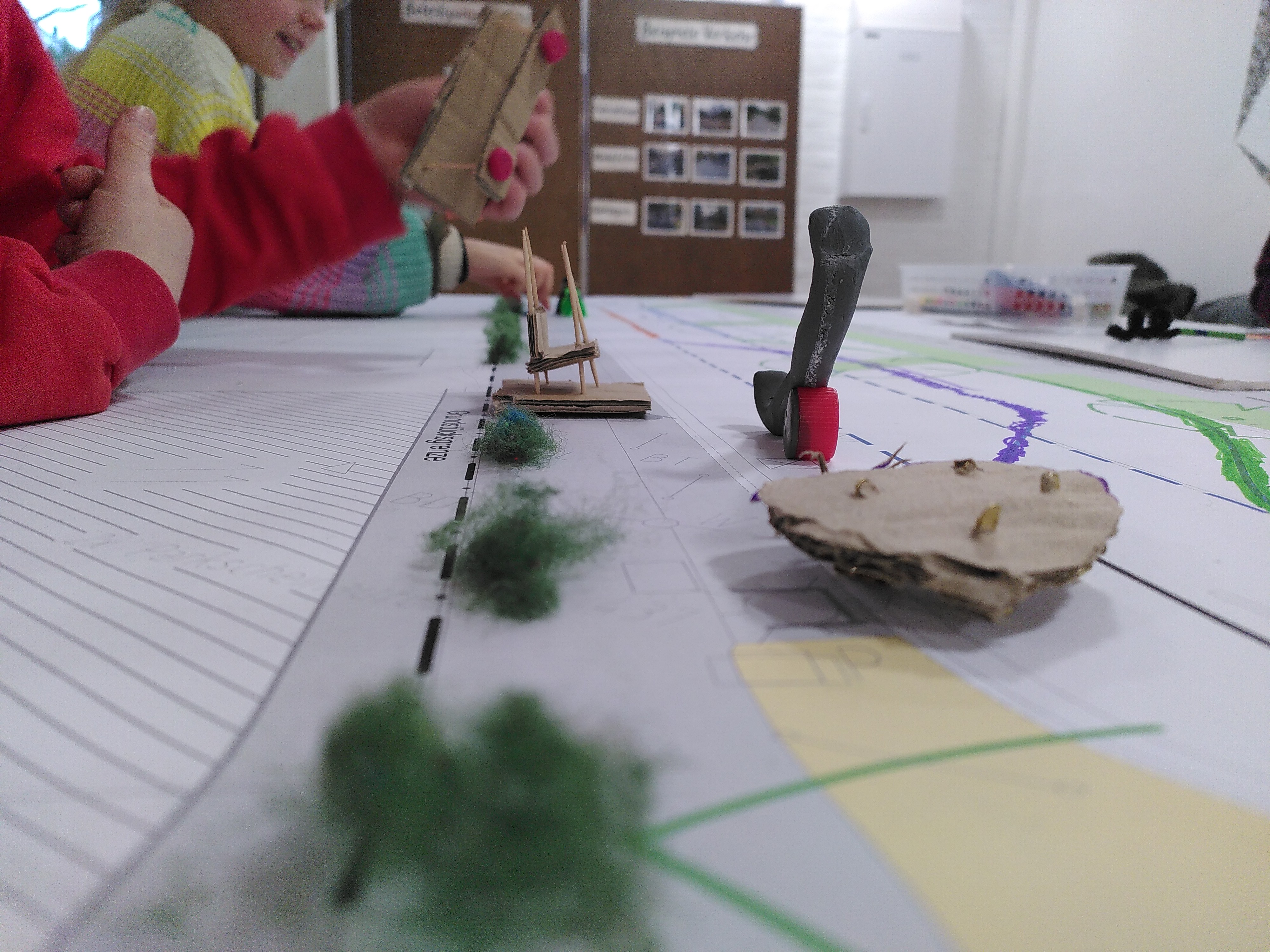
Aarhus
As the second-largest city in Denmark, Active Cities partner Aarhus Kommune is piloting a new mobility hub concept aimed at promoting active mobility and reducing car-oriented commuting. The municipality will be focusing on behaviour, while testing various physical interventions such as improved bike stands and bike repair stations. Through their chosen pilots, Aarhus will be creating mobility meeting points in two parking locations close to the city centre; Eskelunden and Tangkrogen. These locations are already being used for switching modal modes, however the purpose of the pilots is to understand how the sites support and encourage active mobility through the modal shifts.
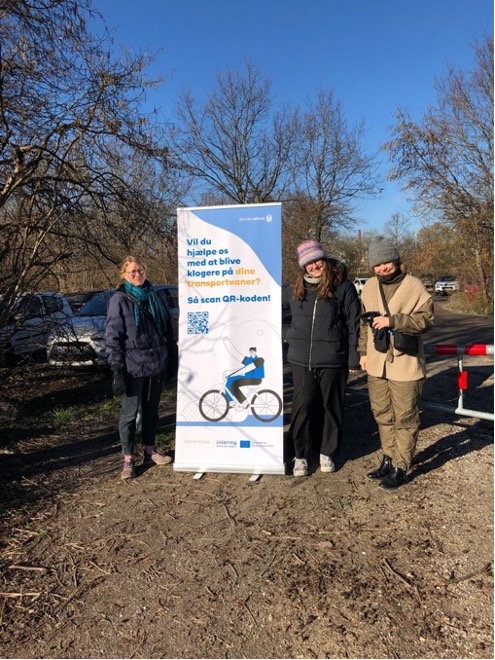
Engaging citizens and stakeholders will allow Aarhus to understand why users of these areas choose the forms of mobility they do, and how the pilot sites can support a continuation of, or shift towards the use of active mobility. Currently, stakeholder engagement is targeted towards users of the parking areas, however there are plans to also gather inputs from wider groups of stakeholders including large companies in the local areas and NGOs.
Aarhus Kommune is planning several forms of stakeholder engagement throughout 2024. Currently, the team is carrying out street interviews, targeted at users of the two locations, to understand why and how they use the sites. With the information gathered, the plan is to then introduce physical interventions to promote active mobility. Later in the year, they will introduce some scientific elements of citizen engagement, such as co-creation, route mapping, traffic data analysis and more. How this will look exactly will be decided in consultation with key stakeholders.
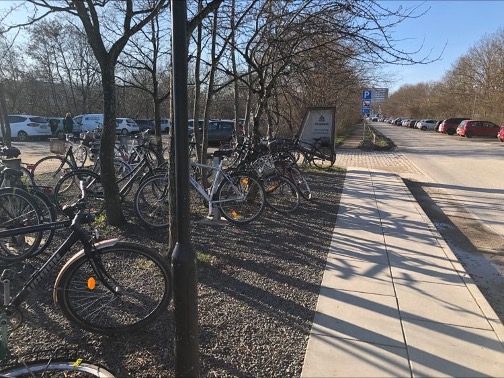
So far, the process of ineracting with stakeholders has been positive, reflects Mathilde Bech Epstein:
“They are generally very positive and want to share their experiences and give their inputs on how to improve the locations. We have quite some experience with citizen engagements, but it is always super interesting and challenging at times to understand new stakeholders situations and wishes.”
Bergen
Active Cities partner Bergen Kommune has designed its pilot activities around the recently opened Fyllingsdalen Tunnel, considered the world’s longest purpose-built cycling and pedestrian tunnel. Bergen, a city in southwest Norway, has long been dedicated to reducing traffic congestion, minimising emissions, and enhancing the quality of life for its residents. The Fyllingsdalen Tunnel project aligns with Bergen's vision of creating a low-car city center by encouraging more people to choose cycling and walking over driving.
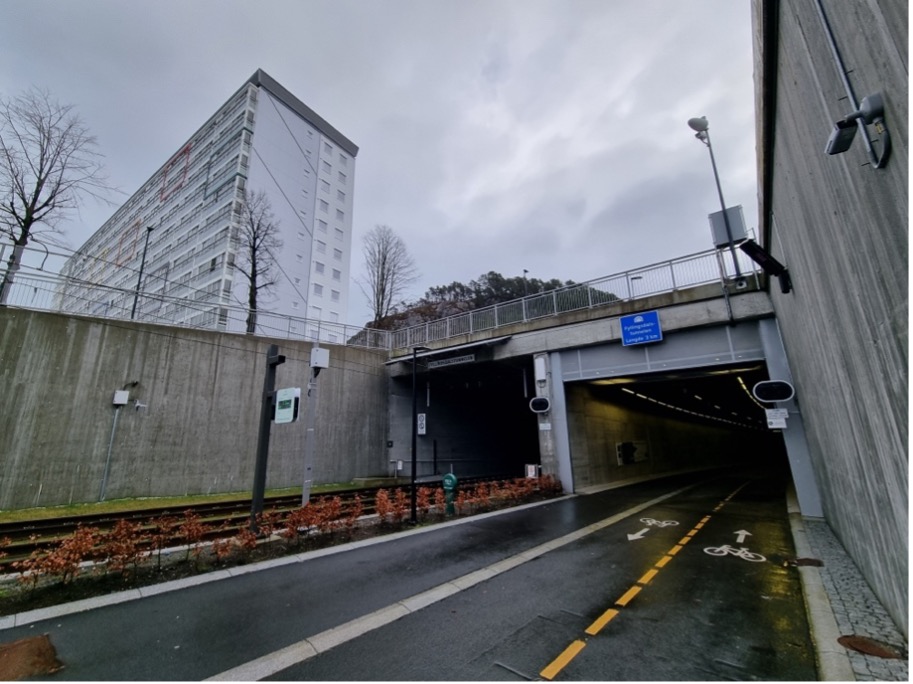
The purpose of Bergen’s pilot activity is to encourage more people to choose active transport in everyday life on the new pedestrian and cycle path and the cycle tunnel from Fyllingsdalen to Bergen city centre. Safe bicycle parking is essential for people to buy and use more expensive bicycles such as electric bikes. Can the establishment of safe bicycle parks change transport habits? The Bergen Kommune aims to find out.
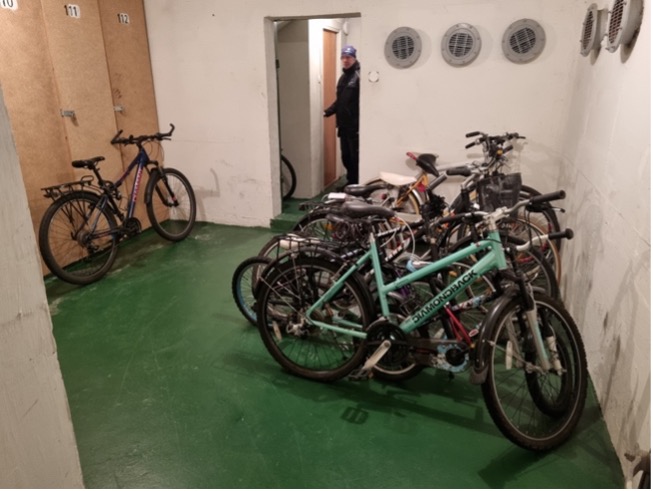
In order to find appropriate answers to several key questions and assumptions, it is vital for the Bergen team to talk to residents in Fyllingsdalen. So far, they have spoken to residents in of one of the largest housing associations near the cycle tunnel, as well as the chairman and caretaker via telephone and email, while a site visit has proven useful in the collection of information. These activities have provided valuable input to the authority as they consider what can be done to change transport habits in the area. This year, there are plans to collect further information through surveys targeted towards the board and roughly 300 more residents.
Reflecting on the process of engaging with stakeholders up to now, Einar Grieg commented:
“One challenge we face is that there are many elderly residents in the housing association. However, so far, stakeholders are positive about the collaboration.”
